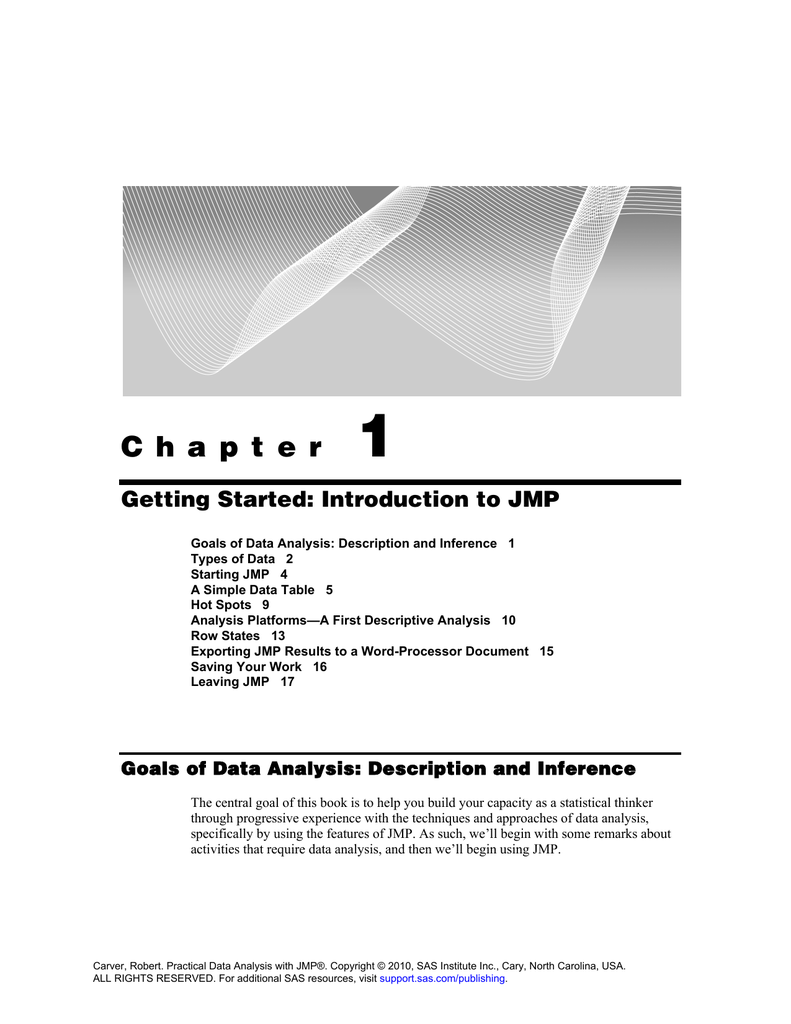

In 1971, SAS 71 was published as a limited release. The first versions of SAS were named after the year in which they were released. Perkins, contributed to SAS' early programming. John Sall joined the project in 1973 and contributed to the software's econometrics, time series, and matrix algebra. Goodnight continued teaching at the university for a salary of $1 and access to mainframe computers for use with the project, until it was funded by the University Statisticians of the Southern Experiment Stations the following year. According to Goodnight, this was because NIH only wanted to fund projects with medical applications. In 1972, after issuing the first release of SAS, the project lost its funding. In 1968, Barr and Goodnight integrated new multiple regression and analysis of variance routines. Barr was joined by student James Goodnight, who developed the software's statistical routines, and the two became project leaders. and was originally intended to analyze agricultural data to improve crop yields. The project was funded by the National Institutes of Health.
Sas jmp 10 software#
The development of SAS began in 1966 after North Carolina State University re-hired Anthony Barr to program his analysis of variance and regression software so that it would run on IBM System/360 computers.
Sas jmp 10 code#
Enterprise Guide – GUI based code editor & project manager.
Sas jmp 10 series#

SAS macros are pieces of code or variables that are coded once and referenced to perform repetitive tasks. PROC statements can also display results, sort data or perform other operations. There are more than 300 named procedures and each one contains a substantial body of programming and statistical work. Procedures perform analysis and reporting on data sets to produce statistics, analyses, and graphics. The PROC step consists of PROC statements that call upon named procedures. Additionally, each piece of data has a descriptor and a value. Data sets are organized into tables with rows called "observations" and columns called "variables". Afterwards, the execution phase processes each executable statement sequentially.

In the compilation phase, declarative statements are processed and syntax errors are identified. The DATA step has two phases: compilation and execution. The DATA step has executable statements that result in the software taking an action, and declarative statements that provide instructions to read a data set or alter the data's appearance. Each step consists of a series of statements. SAS programs have DATA steps, which retrieve and manipulate data, and PROC steps, which analyze the data. SAS provides a graphical point-and-click user interface for non-technical users and more through the SAS language. SAS is a software suite that can mine, alter, manage and retrieve data from a variety of sources and perform statistical analysis on it.


 0 kommentar(er)
0 kommentar(er)
